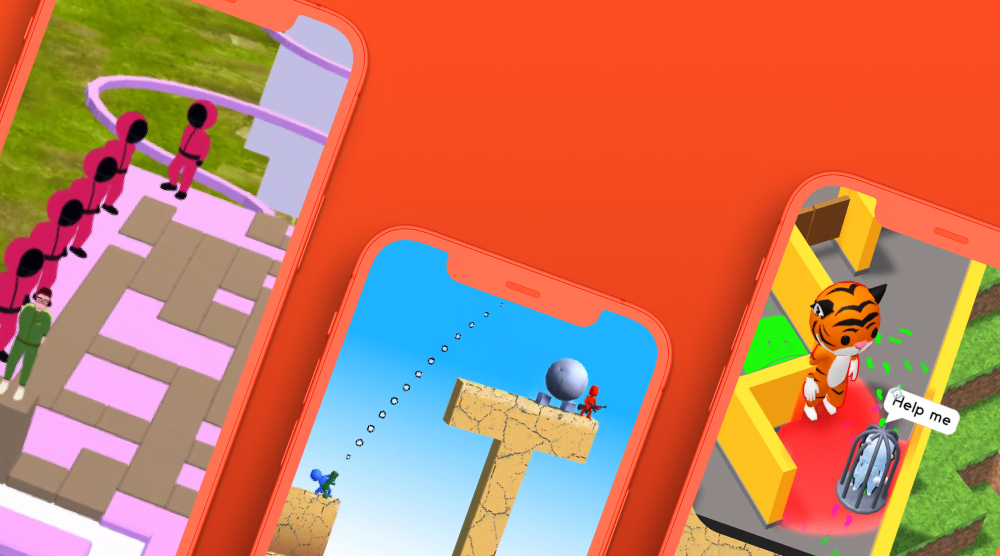What’s the secret to creating a hit game that generates long-term revenue? In this two-part blog series, we're diving into high-earning games that have been raking in revenue since they dropped in 2020. In part 1 of this series, we’re taking a look at how HideNSeek, Emoji Puzzle, and Bazooka Boy have mastered marketability and breaking down some of the shared strategies that keep their games growing.
Building a game that sells itself
When it comes to driving growth, marketability is key. Creating a game that sells itself is all about getting a low CPI and appealing to the widest audience possible. While many variables contribute to long-term revenue, one thing's for sure: Games that keep making money over time have a great mix of winning creatives and solid LTV.
Ever since their release, Emoji Puzzle, HideNSeek, Bazooka Boy, and Stacky Dash have each managed to maintain low CPI, while reaching new users and boosting installs with their winning creatives. Here’s how they did it:
1. Simple, fun, and engaging gameplay
It comes as no surprise that hyper-casual players are drawn to easy-to-understand and engaging gameplay, and the creatives in Emoji Puzzle and HideNSeek live up to the hype. Their creatives not only highlight the fun, their simplicity keeps players hooked and brings them back day after day.
With just a quick view of Emoji Puzzle’s video creatives, players can instantly understand what the game is all about, and it’s exactly this simplicity that makes players want more.
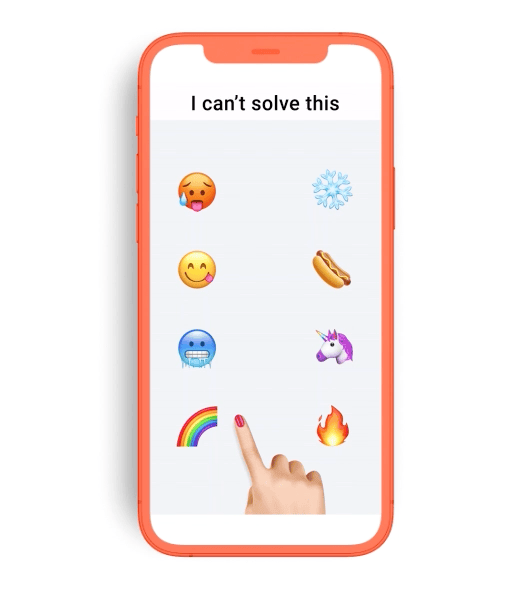
Incorporating familiar concepts into creatives is another example of appealing to players in a fun and engaging way. In fact, nostalgia is a big part of why HideNSeek is so successful.
The game’s creatives focus on instantly recognizable ideas. The catchy name and straightforward concept work well because they invite players to take a trip down memory lane by reminding them of their own childhood experiences playing real-life games of hide-and-seek.
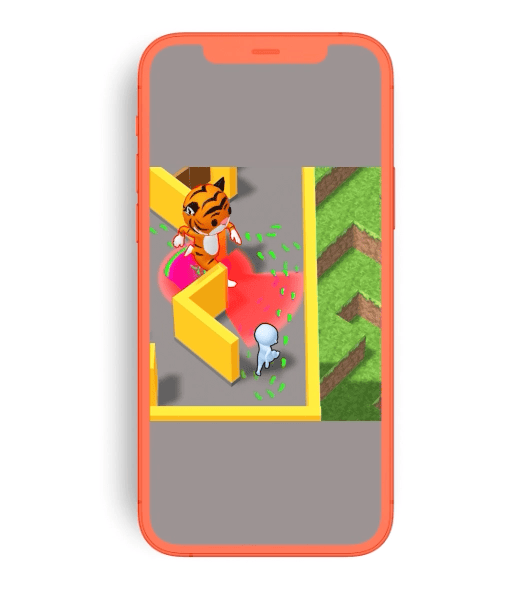
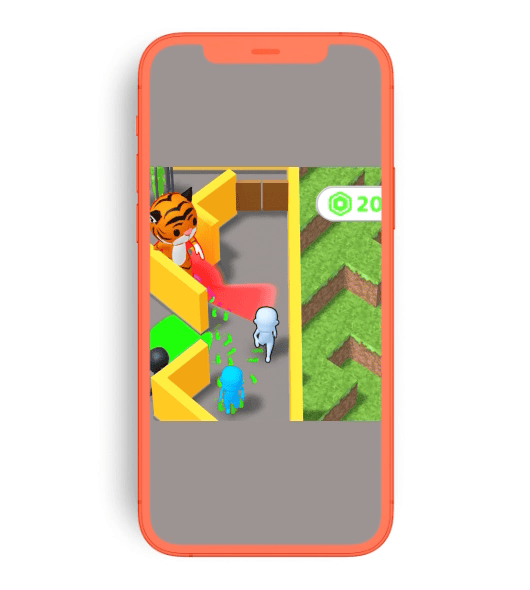
2. Keeping creatives consistent
With Emoji Puzzle and HideNSeek, what you see in ads is what you get when you install and play the game. This is because their ads show actual gameplay, so once players download the game, they get to enjoy the same fun and engaging concepts that initially drew them in, helping to prevent churn.
Continuous creatives testing
Hyper-casual games often see a revenue spike right after launch. To keep the revenue flowing in the long run, finding effective ways to sustain marketability and maintain scale is critical. Bazooka Boy and Stacky Dash continue to stay marketable by constantly testing and improving their winning creatives. Here’s how they’ve done it:
1. Feeding the creatives beast
Sustaining marketability often comes down to feeding the creatives beast. Creative iteration can often involve producing 100 videos in a month, but only using three of them. While it’s an intensive process, it’s one that pays off.
This was especially true for Bazooka Boy. Despite its strong launch in 2020, scale dropped soon after, and sustaining marketability became a growing challenge. In the end, their creative approach was what transformed Bazooka Boy into a tier 1 game.
After constant testing and developing new creatives, the team identified that gameplay featuring a game play fail with multiple loops performed best. The next step was to determine how to optimize this gameplay for longevity. Four years later, Bazooka Boy developers still continue to strategize about how often they can bring in new creatives in order to boost installs and continue to generate scale affordably.

2. Optimizing level layout
Since its launch, Bazooka Boy developers also regularly test level layout and reskins by experimenting with how the level is structured, where the player is placed, and other factors, like when and how enemies appear.
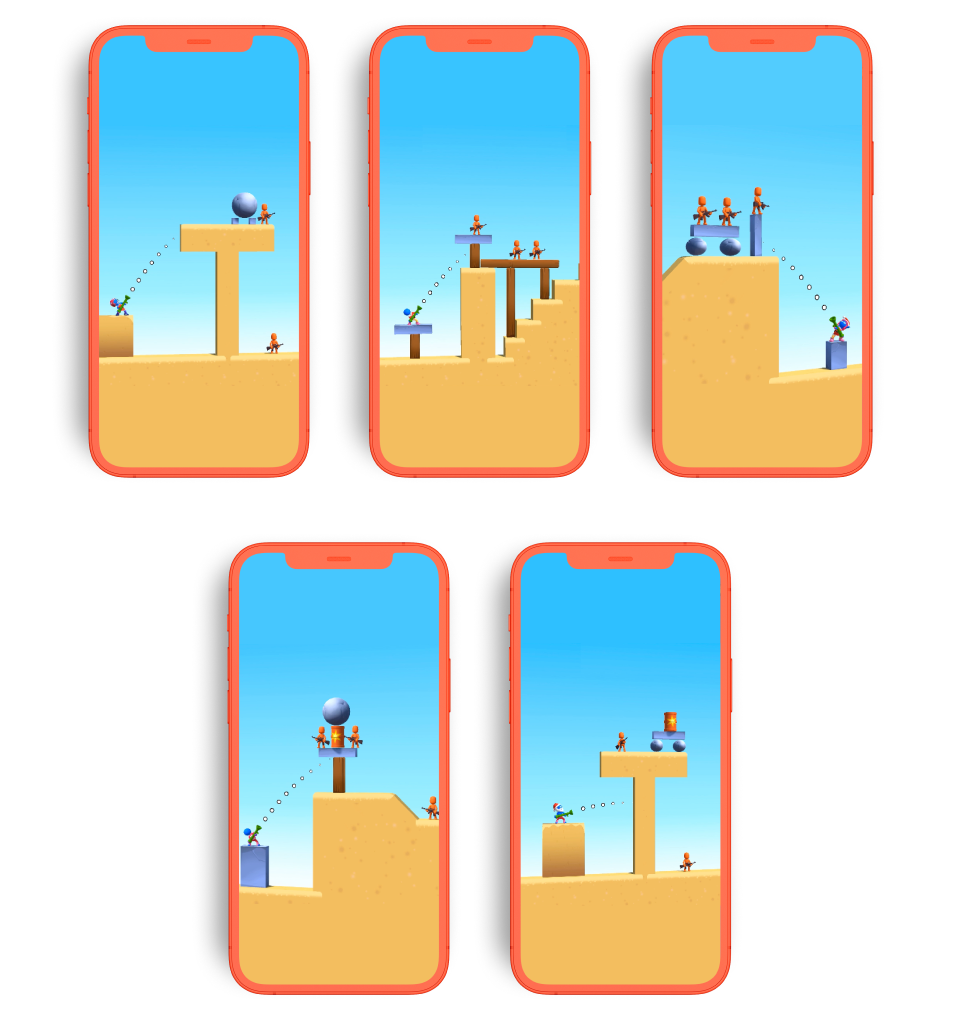
Bazooka Boy developers also frequently optimize a winning layout’s performance by reskinning the layout. Reskinning preserves the game’s winning gameplay flow and level layout while giving it a fresh new look. Given the simplicity of the Bazooka Boy’s level layouts, reskinning mostly revolves around ground texture, backgrounds and characters.
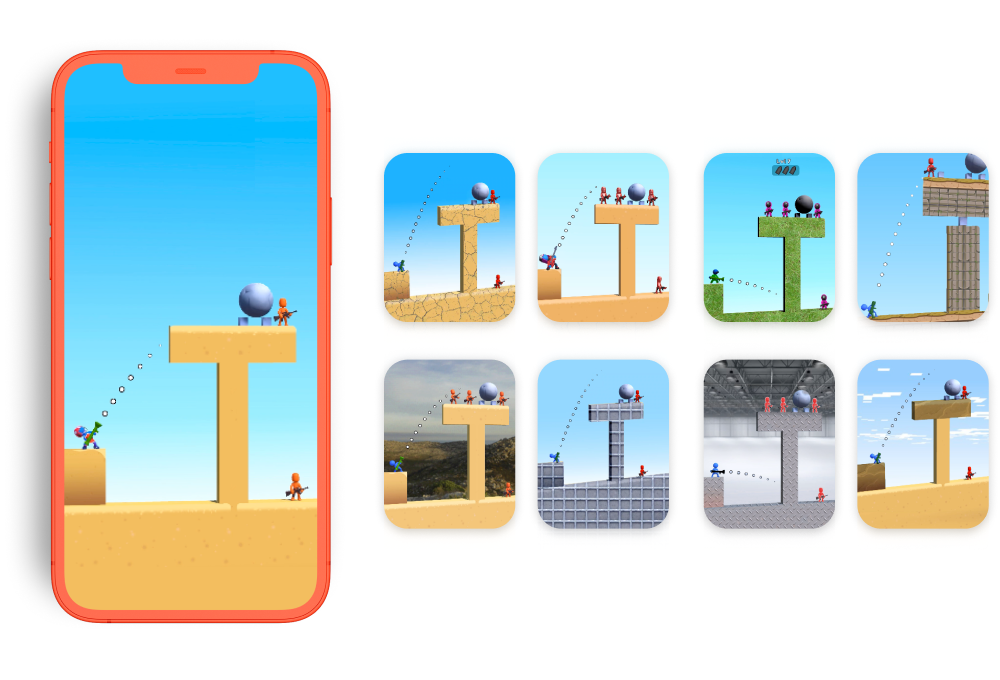
3. Integrating booster creatives
Over time, the original creatives used as part of a game’s launch can start to lose their impact, especially after people keep seeing them on different channels. This can lead to fewer installs as potential players get tired of seeing the same creatives time and time again. To reduce ad fatigue and increase scale, Stacky Dash added new booster creatives to keep more players interested.
Stacky Dash intentionally chose boosters that leveraged pop-cultural trends, swapping their basic tile stacking creatives for Squid Games-themed boosters to increase installs significantly and keep CPI competitive.
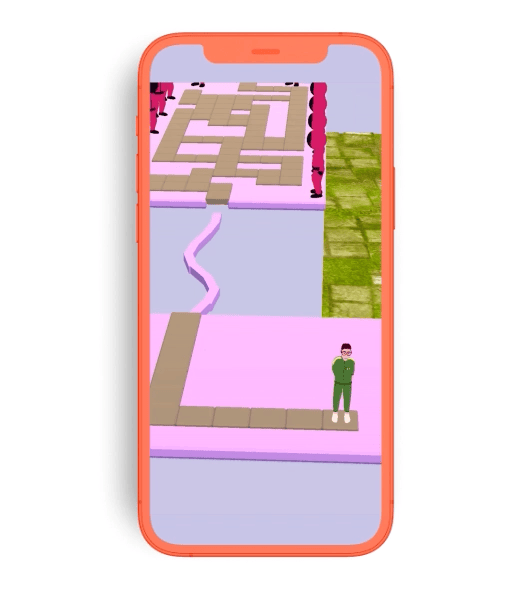
Stacky Dash’s booster creatives also added fresh new content to core gameplay with iterations that included collecting donuts, watermelon, and ice cream - all designed to boost installs, lower CPI, and generate year on year revenue.
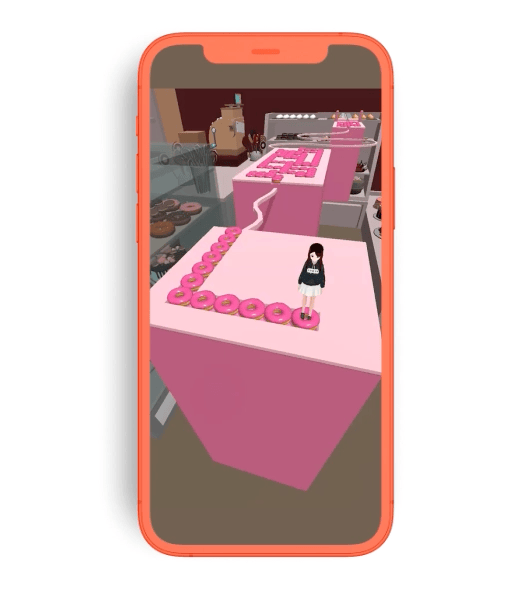
Want to know more about how megahits continue to generate revenue years after their release? Check out part 2 in our series:
How megahits use boost LTV to keep long-term revenue rolling in - Part 2
Let's put these tips to good use
Publish your game with Supersonic
